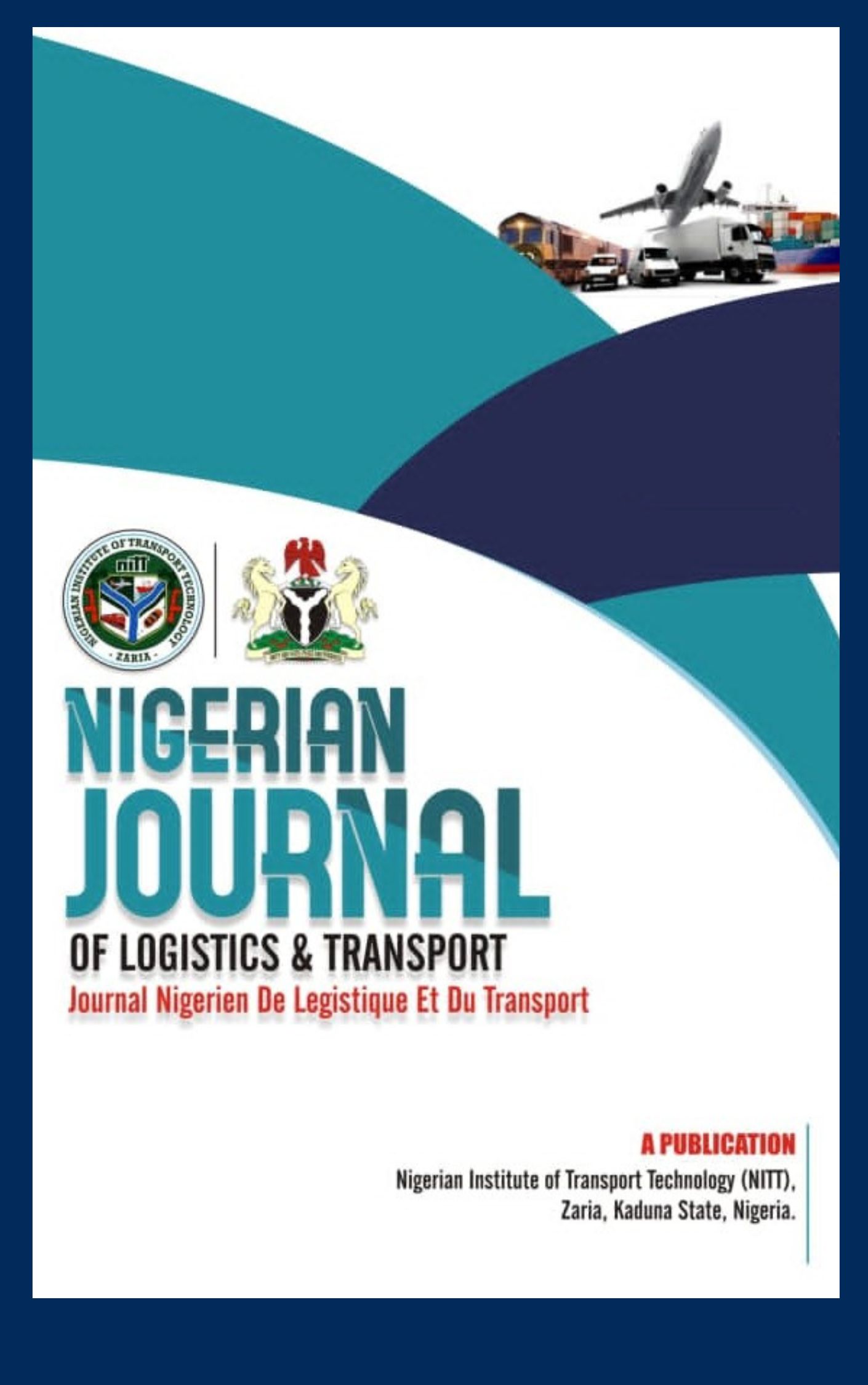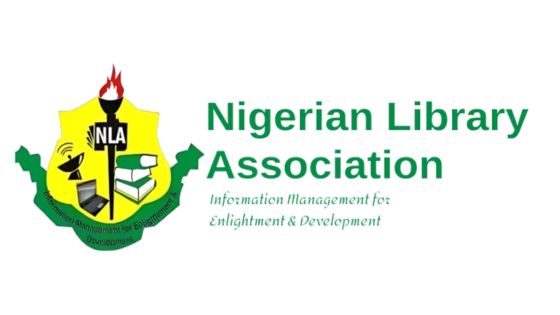Abstract
It is obvious that weather plays a significant role in all aspect of human being. Weather has tremendous influence on air transport. The measurement of weather elements provides information on the state of any prevailing weather at any point in time thereby preventing accidents, delays, diversions and cancellations of flight as well as economic losses and passengers` inconveniency with a view to promoting the status of the transport industry especially air transport. It is against this background that this paper aimed at assessing the effect of haze on air transport at Umaru Musa Yar`adua airport Katsina State, using the data sourced at the airport from 2005 to 2014. Data obtained for this study were analyzed using descriptive and inferential statistics using product-moment correlation coefficient(R). Results obtained indicate high frequency of flight cancellations in the months of January, December, March and February in the study period from 2005 to 2014 due to haze disaster. Significant correlation also exists at 0.05 significant level between the minimum poor visibility level of flight cancellation (meters) and total number of flight cancellation in January and April both at P-value =0.632 respectively. It recommended based on these findings that the aviation bodies that concerned with safety rules should ensure the accuracy of weather reports and safety regulations to avoid or minimize the impact of haze disaster on aviation in the study area.
Keywords: Effect, Haze, Disaster, Air, Transport



 National Library of Nigeria
National Library of Nigeria.jpg) Association of Nigerian Authors
Association of Nigerian Authors Nigerian Library Association
Nigerian Library Association EagleScan
EagleScan Crossref
Crossref